I was just charging my Li-ion battery manually with my IP2312 charger, the high current version I have made previously. Then the idea of charging batteries with solar with an automatic cut off option comes to my mind. What I can do is simply hook this IP2312 charging module with solar with a diode in series for reverse voltage protection. But this seems a very unprofessional and inefficient idea. And I found CN3165, a solar powered MPPT based single cell battery charging IC with protection features. I searched for some web documents and found this amazing DFRobot Solar Power Manager board based on the same IC.

The module comes with integrated MPPT (Maximum Power Point Tracking) to maximize solar energy conversion efficiency under various sunlight. Onboard integrated circuit based battery and power protection features which provide reliable power management for different types of solar projects.
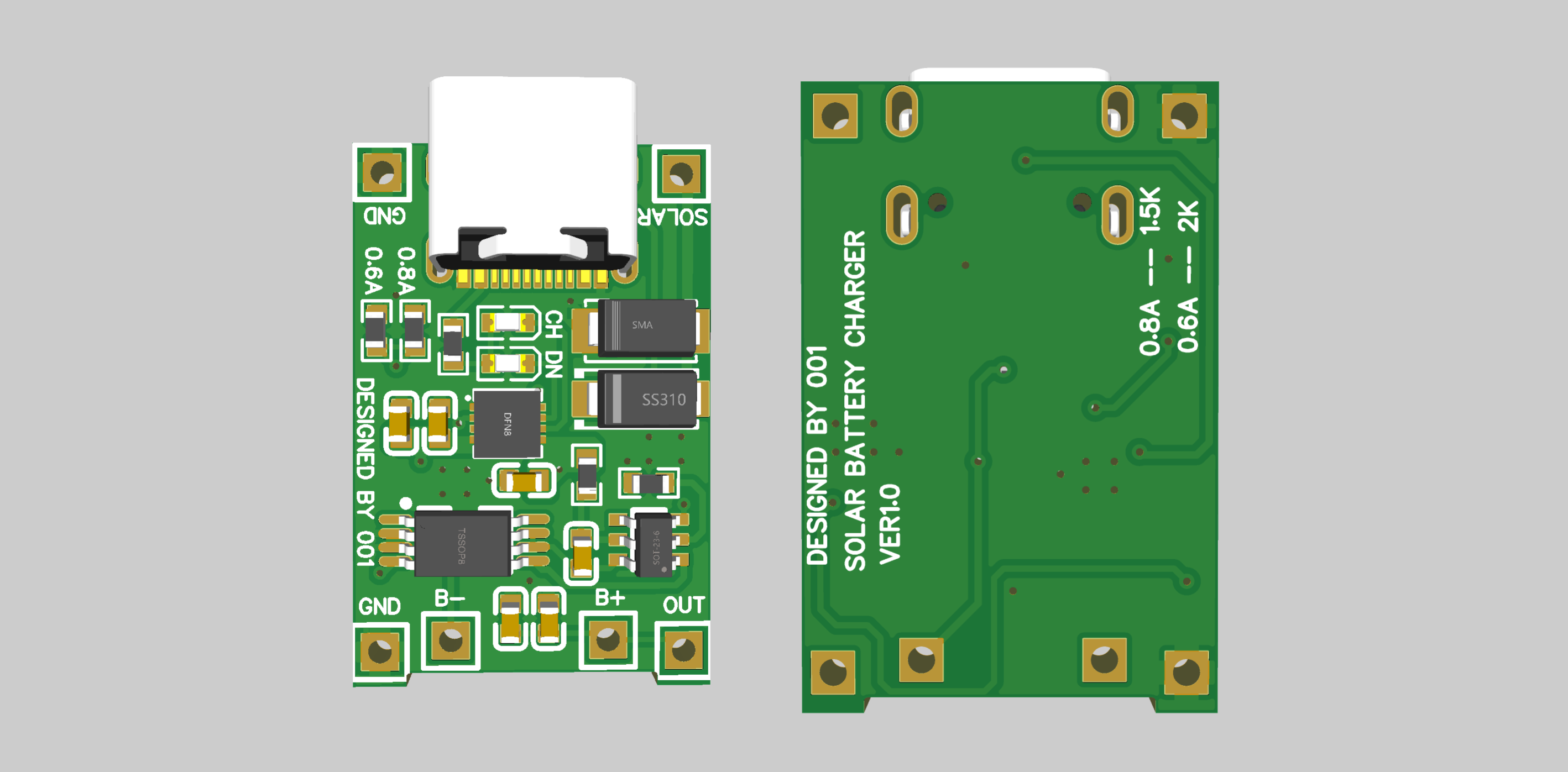
I have designed a custom solution based on the IC which have same IC but in the same form factor of other boards, I think it will be better solution to other available battery chargers. PCBWay is the best solution out there I found for PCB fabrication. They offer a low-cost, highly reliable, and foolproof process from prototype to full-scale product manufacturing. With quick turnaround times, extensive material options, and exceptional customer support.
What is Maximum Power Point Tracking (MPPT):
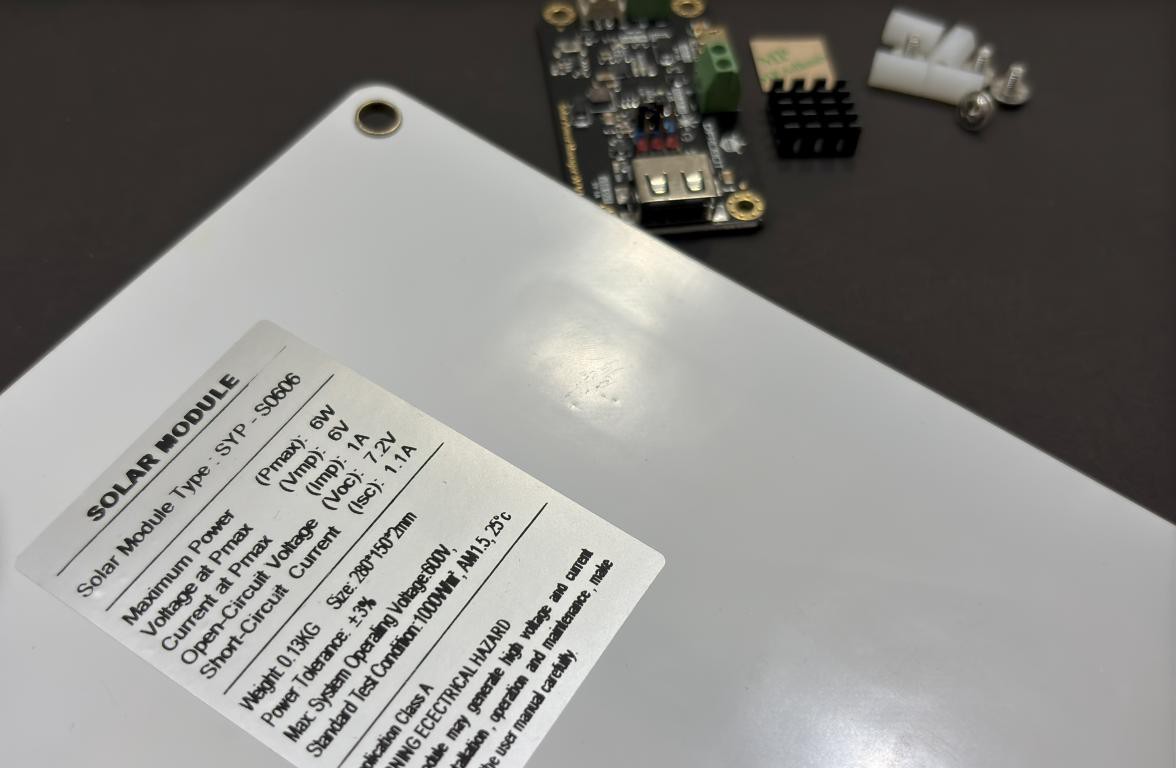
Maximum Power Point Tracking (MPPT) is crucial in solar charging as it enables solar panels to operate at their peak power output, even with changing sunlight and load conditions. Solar panels produce varying amounts of current and voltage depending upon the light intensity. The MPPT system actively tracks these variations, adjusting to maintain maximum power output. The maximum threshold of a solar panel is defined on the basis of short circuit current (ISC) and open circuit voltage(VOC). MPPT identifies and locks in the optimal voltage at which the panel generates the max power, even as sunlight shifts throughout the day.
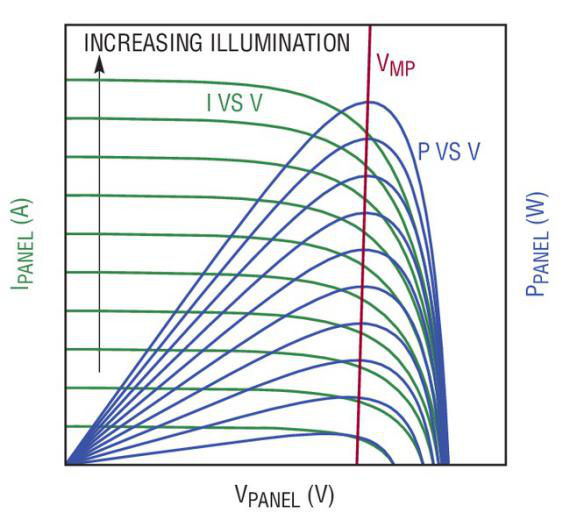
This locking point is known as max power point at which the voltage equals VMAX and current equals IMAX. A product of VMAX and IMAX gives PMAX (max power point of solar panel). This means the system can convert available sunlight more efficiently, increasing the energy captured by up to 30% compared to systems without MPPT. The CN3165 solar power management IC used in this module is designed based on these principles, maximizing power output by maintaining the output voltage near VMP through a constant-voltage MPPT algorithm.
DFRobot Solar Power Manager:
Solar Power Manager 5V is a small power and high-efficiency solar power management module designed for 5V solar panels. It features as MPPT (Maximum Power Point Tracking) function, maximizing the efficiency of the solar panel. The module can provide up to 900mA charging current to 3.7V Li battery with USB charger or solar panel. The ON/OFF controllable DC-DC converters with 5V 1A output satisfies the needs of various solar power projects and low-power applications.
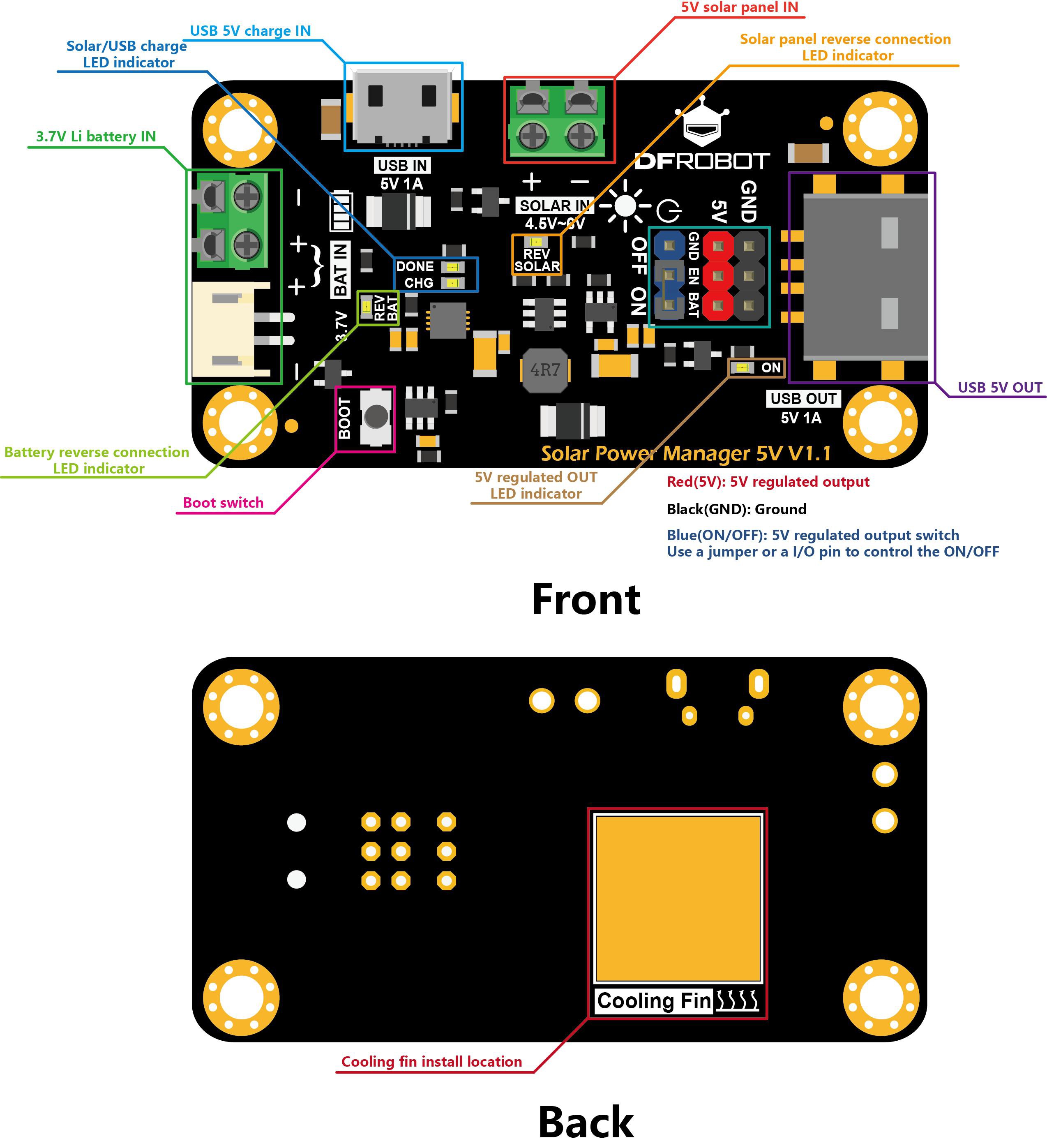
Specifications
- Solar Power Management IC: CN3165
- Solar Input Voltage (SOLAR IN): 4.5V~6V
- Battery Input (BAT IN): 3.7V Li-Polymer/Li-ion Battery
- Charge Current (USB/SOLAR IN): 900mA Max Trickle Charging, Constant Current, Constant Voltage Three Phases Charging
- Charge Cutoff Voltage (USB/SOLAR IN): 4.2V±1>#/span###
- USB IN Voltage: 5V
- Regulated Power Supply: 5V 1A
- Regulated Power Supply Efficiency (3.7V Battery IN)
- 5V/USB OUT: 89%@10%Load, 86%@50%Load, 83%@90%Load
- USB/Solar Charge Efficiency: 73%@3.7V 900mA BAT IN
- Maximum Quiescent Current: <1 mA
How the Whole System Works:
The schematics has 5 sections,
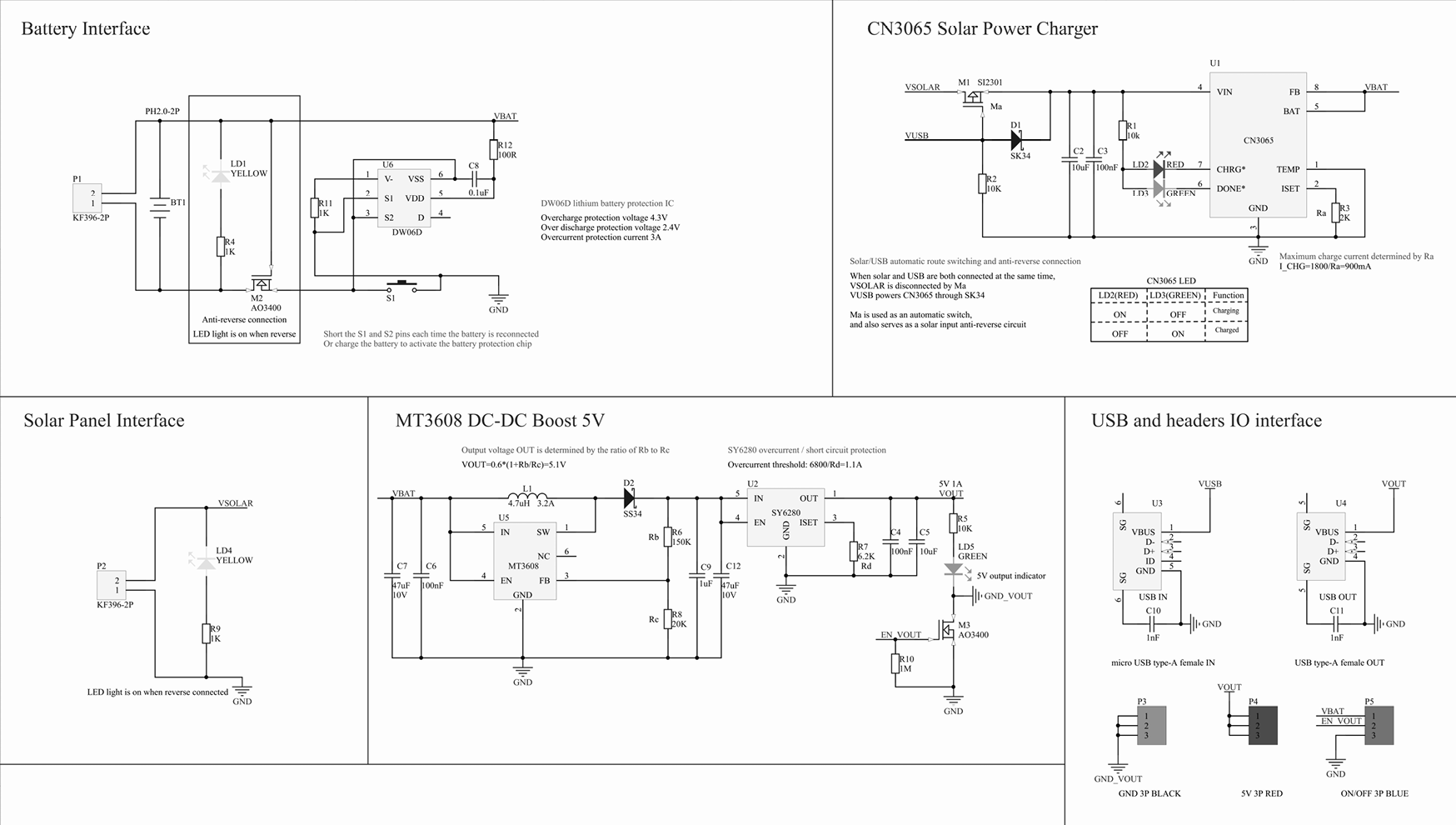
First section is based on the DW06D IC, which protects the battery from overcharging and over discharging; the same protection feature can be found in typical TP4056 Li-Po charger boards.
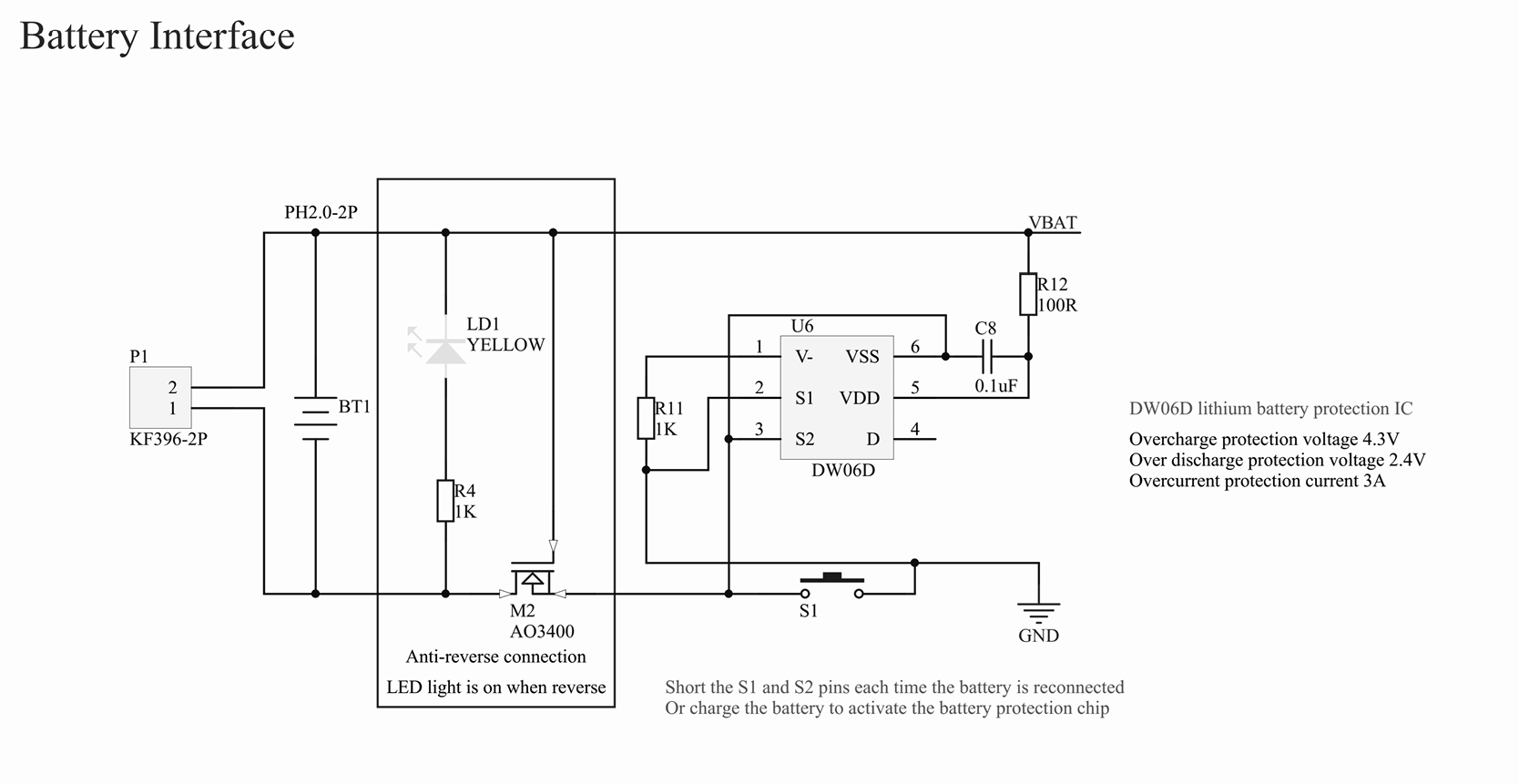
Second section is based on CN3065, the main hero of this board. It comes in many variants,...
Read more » Lithium ION
Lithium ION
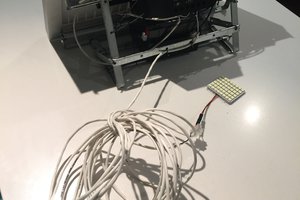
 eric.e.nixon
eric.e.nixon
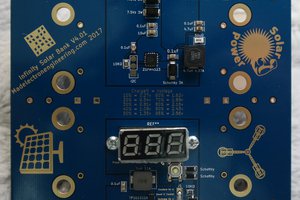
 Mad Electron Engineering
Mad Electron Engineering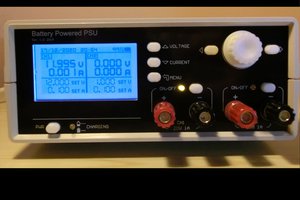
 Manuel Tosone
Manuel Tosone
Does CN3165 actually have MTTP? I couldn't find it in the datasheet, but I noticed CN3791 seems to have it.